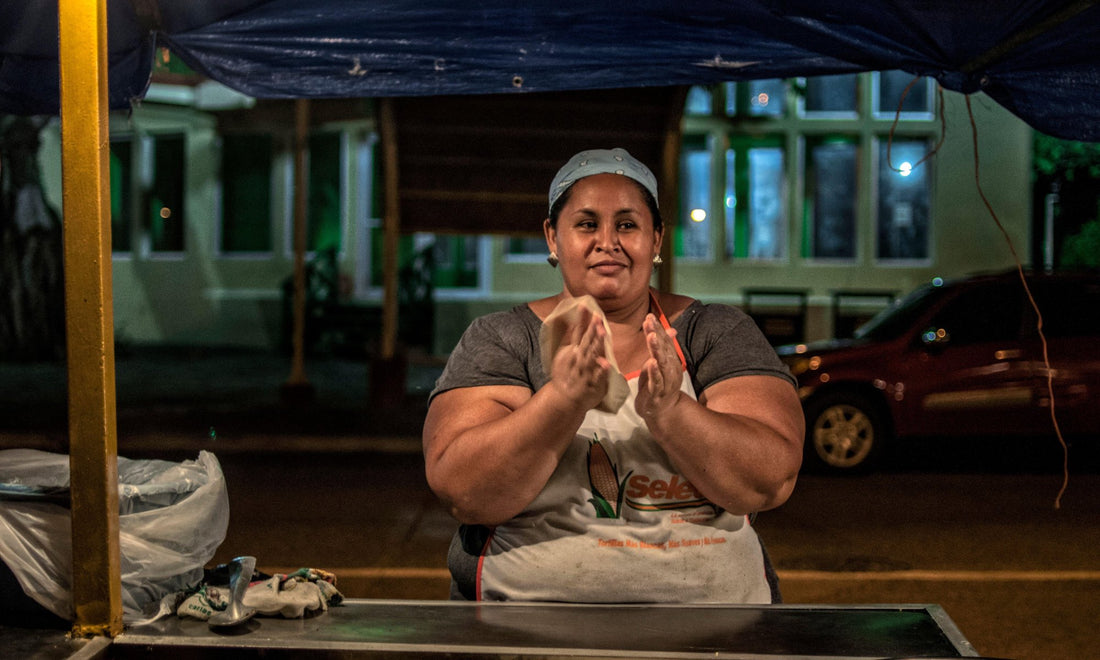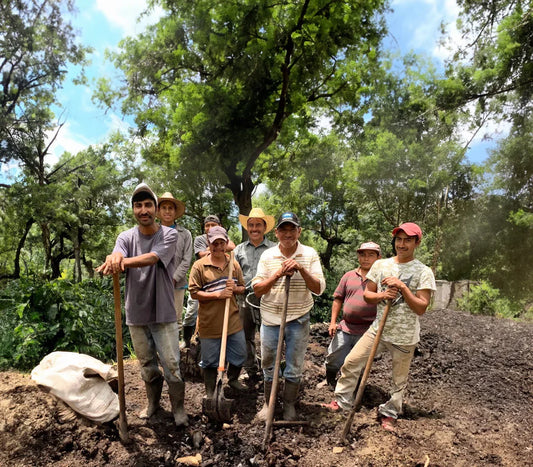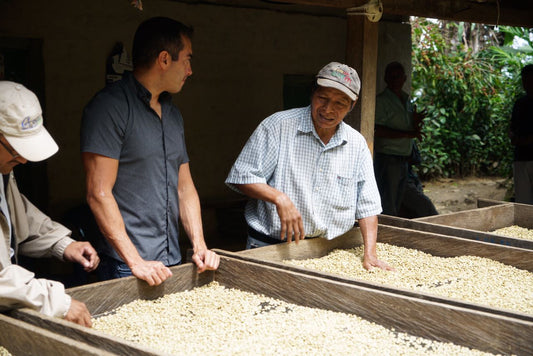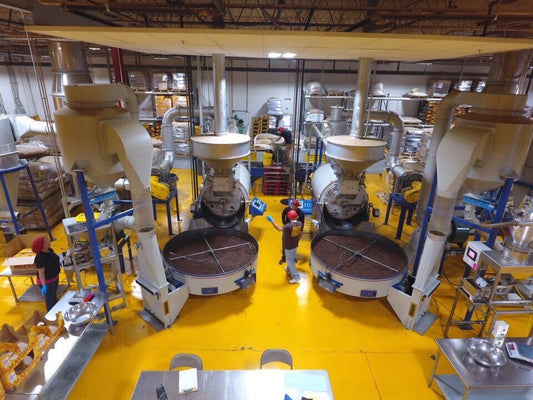
Bullets and Beans: The Unlikely Tale of the Baleada
And how it stole the hearts of catrachos.
From the crack of dawn to late at night, Hondurans heading to and from work are greeted by a now familiar sight: street stalls selling baleadas – a popular meal packed with a favorite Honduran ingredient: beans. In this case, frijoles refritos.
But this was not always the case, for the unpretentious dish only made its appearance in Honduras about 60 years ago.
According to Daniel Galeano, a local entrepreneur who helped establish the National Day of the Baleada, and Galeano Café, a specialty coffee shop that also sells these delicious morsels, the dish does not have a history that dates back to the indigenous or colonial past of the country.
Since the tortillas that form the basis of the baleada are made from wheat, a product that is not native to the continent, it differs from most other popular Latin American dishes, made from corn (such as Mexican tortillas, pupusas and tamales), a popular indigenous product with a long history.
In any case, the baleada seems to have a more proximate origin, with many researchers dating its creation to around the mid-1990s when the banana industry was booming in Honduras.
In fact, a well-known Honduran history account on Twitter, Historia de Honduras has posted several photos from the 1950s, showing banana-plantation workers holding and eating tortillas with beans.
So while the "when" of the baleada's creation is not specifically known, the "where" most certainly is. "It was definitely born in La Ceiba, a port city on the northern coast of Honduras, and a key banana-growing region," Galeano says. "It first became popular here in the 1950s and then spread to the rest of the country."

How to Make a Baleada
In short, a baleada is a wheat tortilla to which various fillings can be added. The classic version, known as baleada sencilla, features a layer of crushed refried red beans, crema and crumbled queso duro.
Once filled, the baleada is folded over and served like a soft taco.
It is a simple dish but in this simplicity lies the key to its success: versatility. The baleada is the basis on which all the tastes and traditions of each Honduran region converge.
The country's geographical differences are the reason for many of the variations, says Daniel. He explains that baleada sencillas are mostly consumed in the north and central regions of the country, while in the south, baleadas with fried plantains are enjoyed most often.
In fact, Honduran creativity has infused this tortilla with a variety of fillings, including eggs (baleada mixta), scrambled eggs and avo (baleada preparada) or meat (super preparada).
However, for Daniel, the real success of the dish lies in the tortilla itself: "If it has a high-quality tortilla, 75% of the work is done for a perfect baleada."
Tortilla preparation is deceptively simple. It’s made with wheat flour, water, lard, baking powder and salt. In some regions, the water is replaced by coconut milk and sometimes lard can be substituted with coconut oil to increase the flavor of the tortilla, explains Daniel.
Combining the ingredients can be tricky for beginners as a certain level of expertise is needed to do it right.
The dough must be kneaded until a smooth texture is obtained. It then gets divided into small balls and left to rest for several minutes.
Once rested, they are worked into the flat, circular shape characteristic of tortillas.
This is done by expert baleadoras (the women who usually prepare and sell baleadas) who quickly pass the dough from one hand to the other, all the while stretching and shaping it until it is round and very thin.
Then the tortillas are grilled on a hot comal or griddle.
"Yes, it is an art," says Daniel.

Where Does the Baleada Come From?
There are many theories about where the name "baleada" comes from.
One of the most widely accepted explanations is that it is due to the similarity between the shape of a bean (a key ingredient you’ll remember) and a bullet (bala).
Another legendary tale tells us that a woman who had been shot ("baleada" in Spanish) managed a successful food stall in the north, and when people discussed going there they'd say "let's go to the baleada (shot woman)".
This legend, however, conveys another truth: that women manage the vast majority of baleada stalls. In an economy as complex as the Honduran one, where according to a report, women of working age are only 42.33.% employed (compared to 78.94% for men), baleadas are a symbol of the entrepreneurial spirit and will of Honduran women.
"For the most part, la baleadera is a mother who brings sustenance to a family," says Daniel. "One way these women have achieved this is by getting up very early to knead their dough, take the dough to their baleada stall and light a griddle. It is a commitment to entrepreneurship that not only feeds the morning workers but also shows the effort that the baleadoras make daily.
"La baleadera is the symbol of the enterprising woman who gets up early to take food home."


